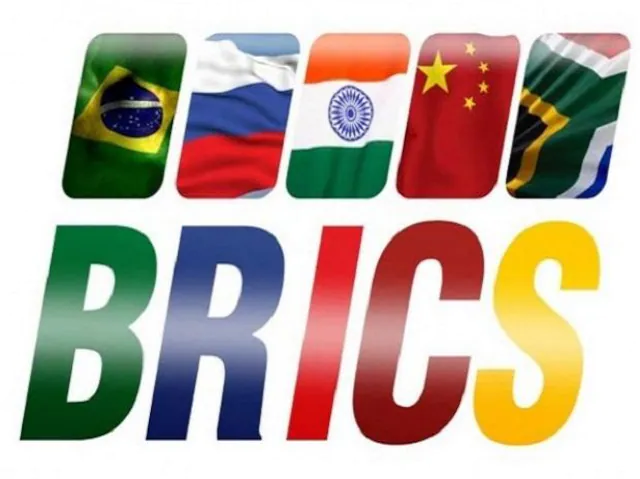The Budget session is expected to be a stormy one, with Lok Sabha elections just around the corner. Catch LIVE updates on Budget 2019 session
Interim Budget 2019: The Budget session of Parliament began on Thursday, a day before the Interim Budget 2019 will be presented by Finance Minister Piyush Goyal.
With the Lok Sabha elections around the corner, this year’s Budget session is expected to be a stormy one. The Budget session began with President Ram Nath Kovind addressing a joint session of Parliament. The President said, “India was going through “uncertain times” ahead of the 2014 Lok Sabha polls and the Narendra Modi government after assuming power resolved to work towards a ‘New India’, giving hope to the people.”
He said the NDA government has been trying to pass the triple talaq bill to empower Muslim women so that they can live a life without fear. The government has been working to fulfil hopes and aspirations of all sections of people, he said. Highlighting the government’s achievements and various welfare schemes, Kovind said 21 crore poor people were covered under the PM’s life insurance scheme, while over 2 crore households got power connection as part of the PM’s Saubhagya scheme.
EVENT HIGHLIGHTS
- President Ram Nath Kovind leaves for Rashtrapati Bhawan.
- After decades, Indian Air Force will use ultramodern Rafale aircraft in coming months: Kovind
- President Ram Nath Kovind concludes his speech.
- President Kovind said, “6.8 crore Indians are filing income tax returns”
- Kovind says India is world’s second largest manufacturer of mobile phones
- Under Jan Dhan Yojana, 34 crore people have opened a bank account, said Kovind
- GST is a long-term policy and is a boon for the business sector. The taxpayers in the country trust this government: Kovin To enhance the opportunites for high-level professional education, govt is setting up news educational institutions
Read full source: Budget Session 2019






















